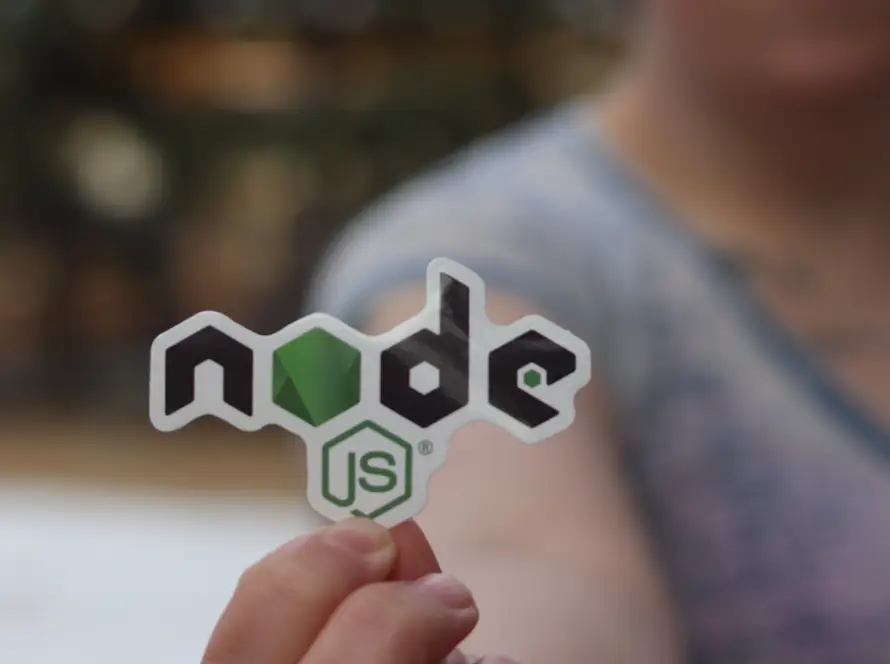Generated by Contentify AI
- Introduction and Overview
- Handling Forms in Node.js
- File Uploads in Node.js
- Form Validation Techniques
- Conclusion and Best Practices

Introduction and Overview
Node.js is a popular runtime environment for building server-side applications. When it comes to handling forms and file uploads, Node.js provides powerful tools and libraries to simplify the process. From processing form data to managing file uploads, Node.js offers a range of modules and frameworks to streamline these tasks. This section will explore the various techniques and best practices for effectively managing forms and file uploads in Node.js applications.
Handling Forms in Node.js
When working with forms in Node.js, one common approach is to use the Express framework. Express provides middleware such as body-parser to easily handle form data. By using middleware like multer, developers can manage file uploads seamlessly. Additionally, the formidable and multer packages offer robust solutions for processing file uploads. Understanding these tools and implementing proper error handling and validation techniques can streamline the handling of forms and file uploads in Node.js applications.
File Uploads in Node.js
When it comes to developing Node.js applications, effectively handling forms and file uploads is essential. Utilizing middleware such as body-parser and multer within the Express framework can streamline the process of managing form data and file uploads. Additionally, leveraging packages like formidable and multer can provide robust solutions for handling file uploads. By integrating proper error handling and validation techniques, developers can ensure a seamless experience for users interacting with forms and file uploads in Node.js applications.
Form Validation Techniques
One of the key aspects of managing forms and file uploads in Node.js applications is implementing effective form validation techniques. By utilizing libraries and modules such as Express-validator, developers can ensure that the data submitted through forms is valid and meets the specified criteria. Validating form inputs for required fields, data types, and constraints can significantly improve the reliability and security of the application. Additionally, implementing custom validation logic and error handling can provide a more tailored and user-friendly experience. By incorporating these form validation techniques, developers can enhance the overall functionality and user experience of their Node.js applications.
Conclusion and Best Practices
When it comes to handling forms and file uploads in Node.js applications, implementing effective form validation techniques is crucial. By utilizing libraries and modules such as Express-validator, developers can ensure that the data submitted through forms is valid and meets the specified criteria. Validating form inputs for required fields, data types, and constraints can significantly improve the reliability and security of the application. Additionally, implementing custom validation logic and error handling can provide a more tailored and user-friendly experience. By incorporating these form validation techniques, developers can enhance the overall functionality and user experience of their Node.js applications.
Key Takeaways
- Node.js provides the ‘http’ module to handle HTTP form submissions and file uploads
- The ‘multer’ middleware is commonly used in Node.js to handle file uploads
- Parsing form data and handling file uploads in Node.js requires an understanding of the ‘fs’ module for working with the file system



